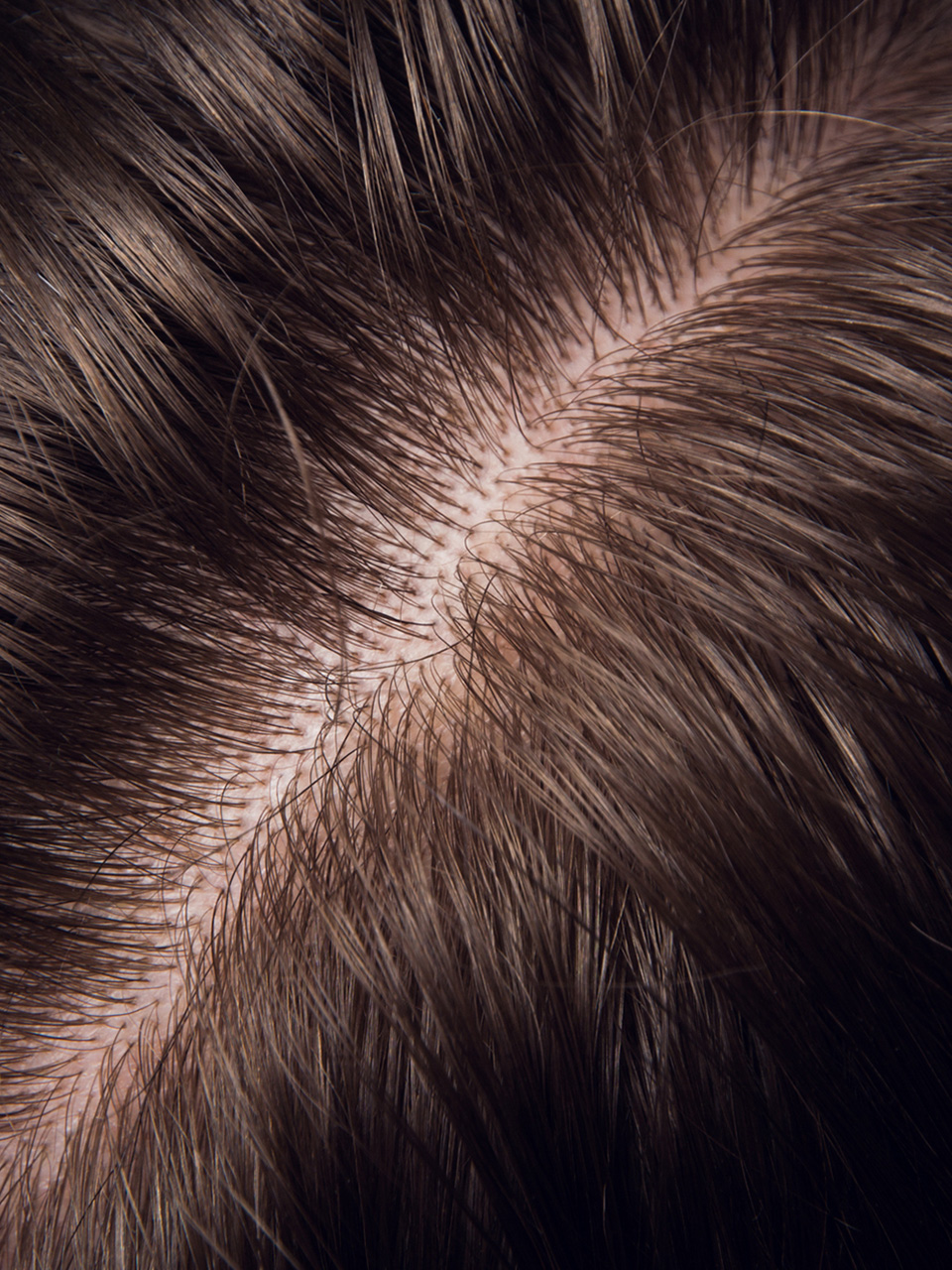
Tap to Read ➤
Dandruff Vs. Dry Scalp
Ashwini Kulkarni Sule


The white stuff that you see in your hair, may not be always dandruff. Oftentimes, it is simply dead skin clinging to your scalp.

There is a lot of misconception regarding the white flaky substance found in your hair. Some people confuse it with dandruff and attack it with anti dandruff products.

However, in reality this white substance could be just flakes of dry skin. By attempting to treat it with anti dandruff shampoo, you might end up doing more damage to it.
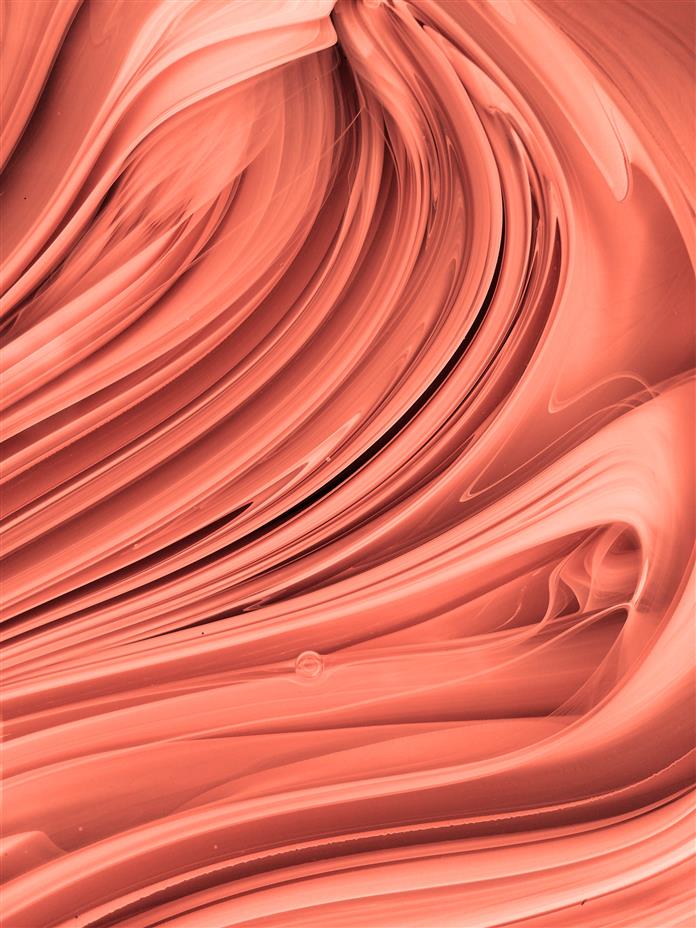
Thus, before you go for any treatment, it is essential that you know the scope and magnitude of your problem. Correct diagnosis is of utmost importance if you wish to get rid of the white stuff.

Dandruff Vs. Dry Scalp
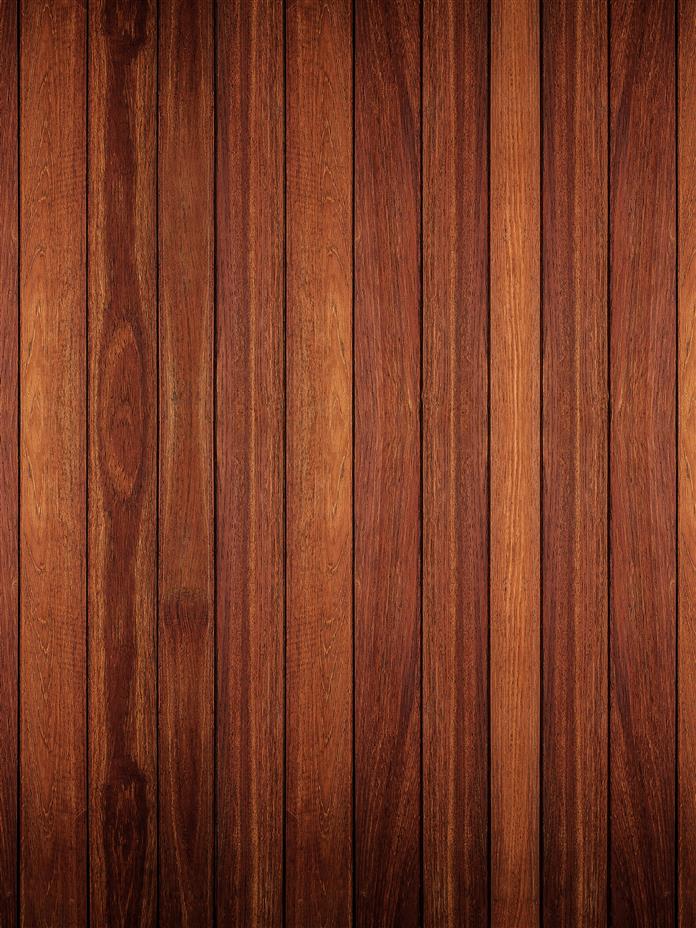
Causes
Dandruff is a clinical condition called pityriasis. It is mainly caused due to overproduction of sebum by the sebaceous glands in the scalp. This sebum gets mixed with sweat, dead cells and bacteria. Due to the bacterial intervention, dandruff is highly contagious. Besides, following causes also contribute to dandruff.
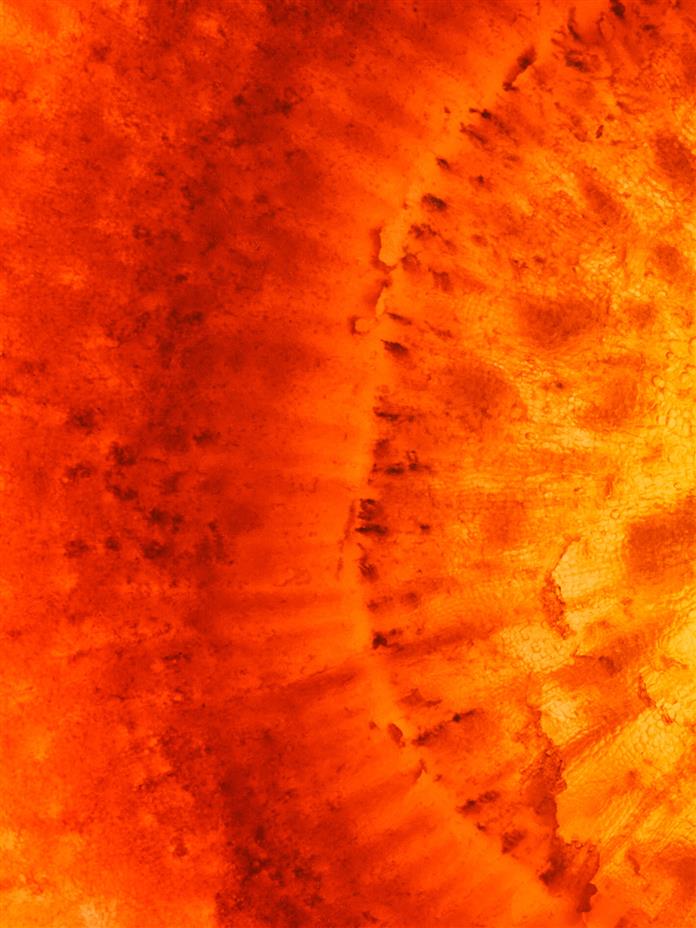
Bad hygiene practices is yet another cause of dandruff, hence, people who do not wash their hair frequently, are susceptible to dandruff problems.

Often, genetic predisposition also makes one vulnerable to dandruff. People with African-American origin are also prone to dandruff due to their hair type.

The thick and curly hair do not allow proper aeration of scalp. Also, the sebaceous glands are not well hydrated, thereby increasing the risk of dandruff.

Hair care products like balms, gels and jellies aggravate the condition of dandruff by trapping the bacteria and creating conducive environment for their growth.
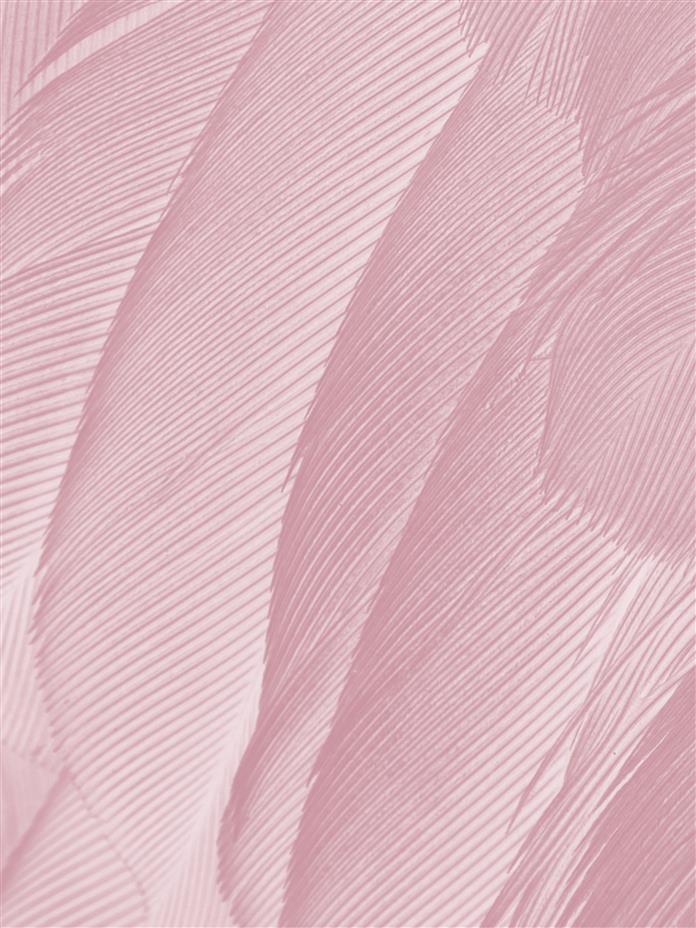
Dry scalp on the other hand is caused due to under secretion of sebaceous glands. The dehydrated sebaceous glands lead to dryness of the skin on the scalp, which results in scaly white flakes, which eventually come off the scalp. Drinking too little water may also cause the skin on scalp to become dehydrated.
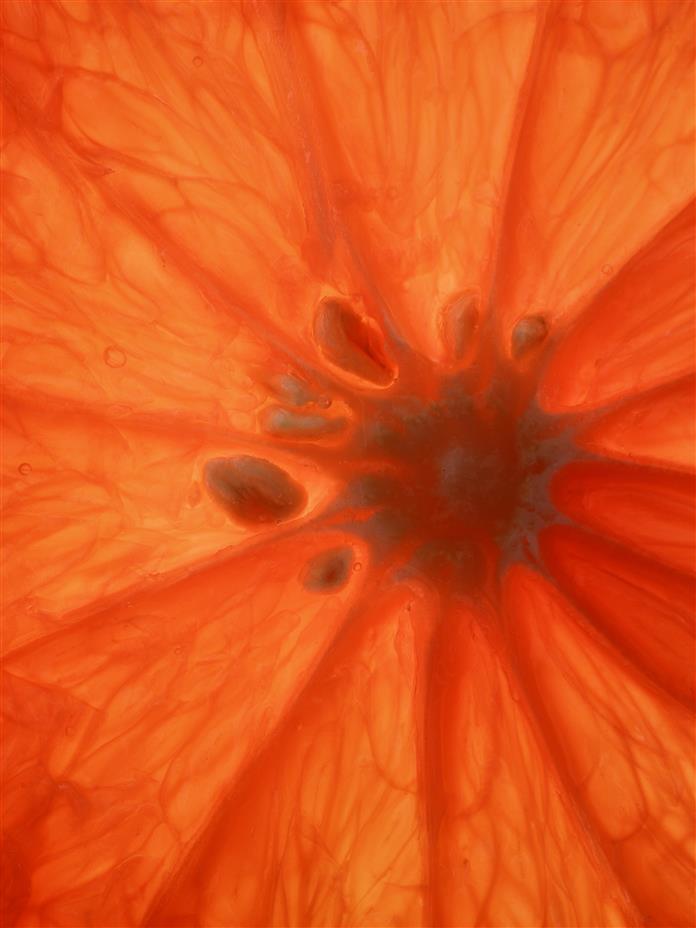
Skin conditions like psoriasis increase the susceptibility to dry scalp. The dead skin cells may or may not stick to the scalp. You are more likely to have dry scalp if you stay in cold and dry climate zone. This is the reason why dry scalp is more prevalent in winter.
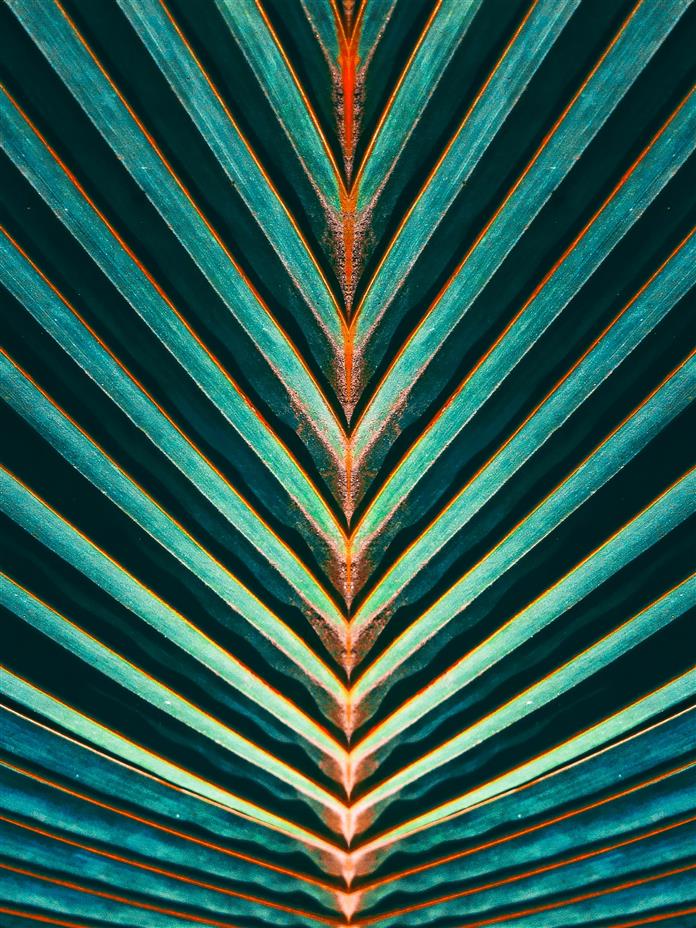
Appearance
Appearance is one of the most important parameters one needs to consider while comparing dry scalp vs. dandruff. The white, scaly flakes often shown in anti dandruff shampoo commercials is actually dry scalp and not dandruff. So, what does actual dandruff look like?

For starters, dandruff is not white in color. Due to the combination of sebum, sweat and other products, dandruff is either yellow or orange in color. Dry scalp flakes are mostly loosely attached to the scalp and easily come off the hair. Dandruff, on the other hand clings to the scalp (honeycomb dandruff) and covers wide areas on the scalp.
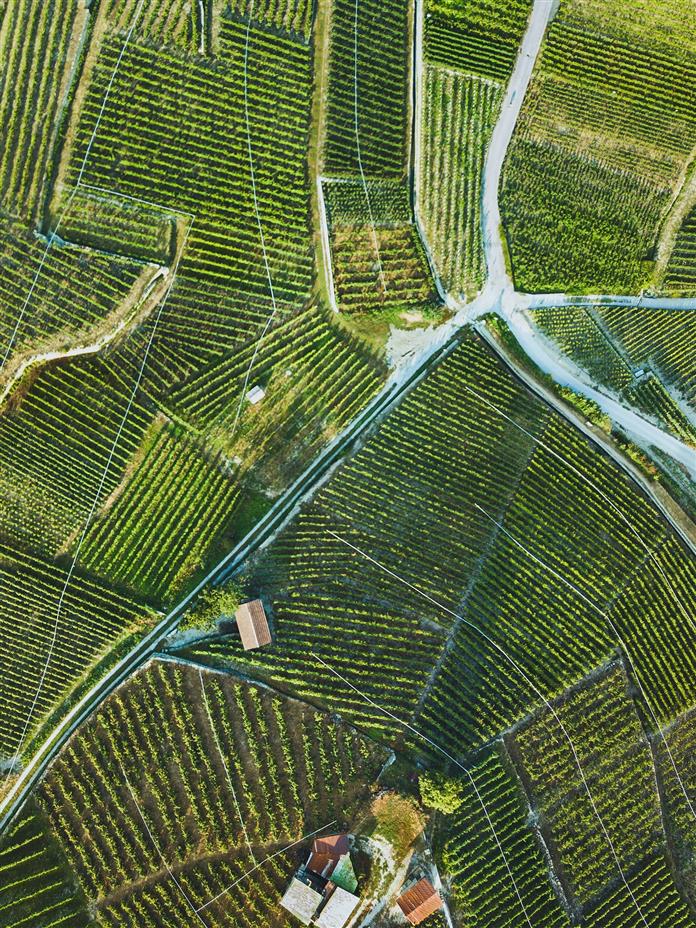
Product build up is yet another thing, which is different from dandruff as well as dry scalp. It is simply accumulation of hair care products on the scalp. Failure to get rid of traces of these products while washing hair results in product build up.

Treatment
Anti dandruff shampoos that are available in the market work for most cases of dandruff.Go for a shampoo that has tea tree oil as essential ingredient Tea tree oil has amazing antibacterial properties. However, cases of severe dandruff or pityriasis should be treated by a dermatologist.

Using anti dandruff shampoos for treating dry scalp can worsen the condition of dry scalp. The alcoholic compounds present in anti dandruff shampoos dehydrate sebaceous glands even more, thereby resulting in itchy, scaly scalp.
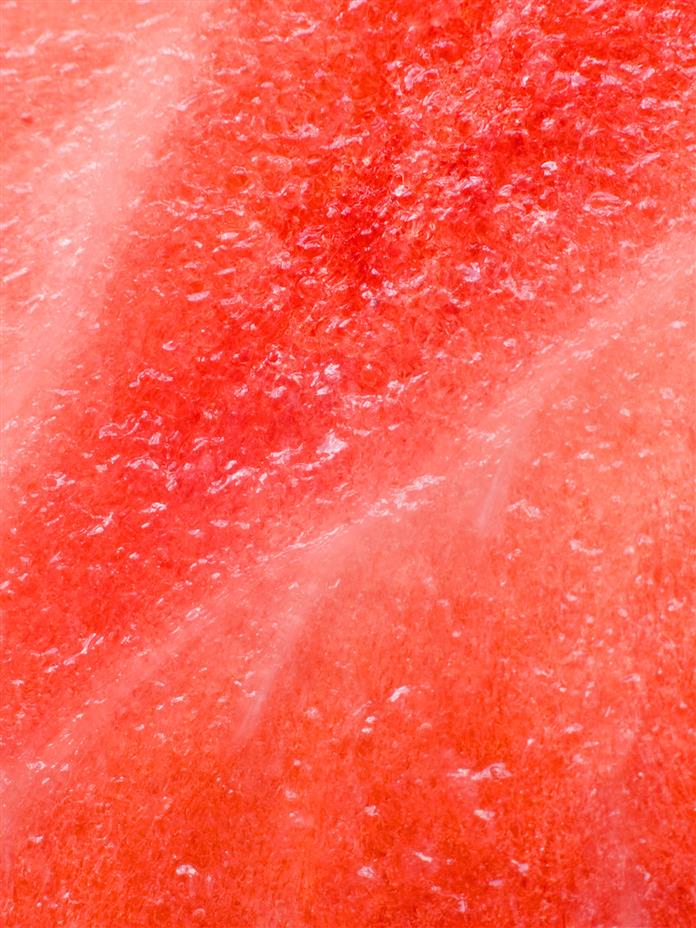
Both dandruff and dry scalp can be treated by adopting proper hygiene measures like washing hair at least every alternate day. The use of hair care products should be restricted in both the cases.
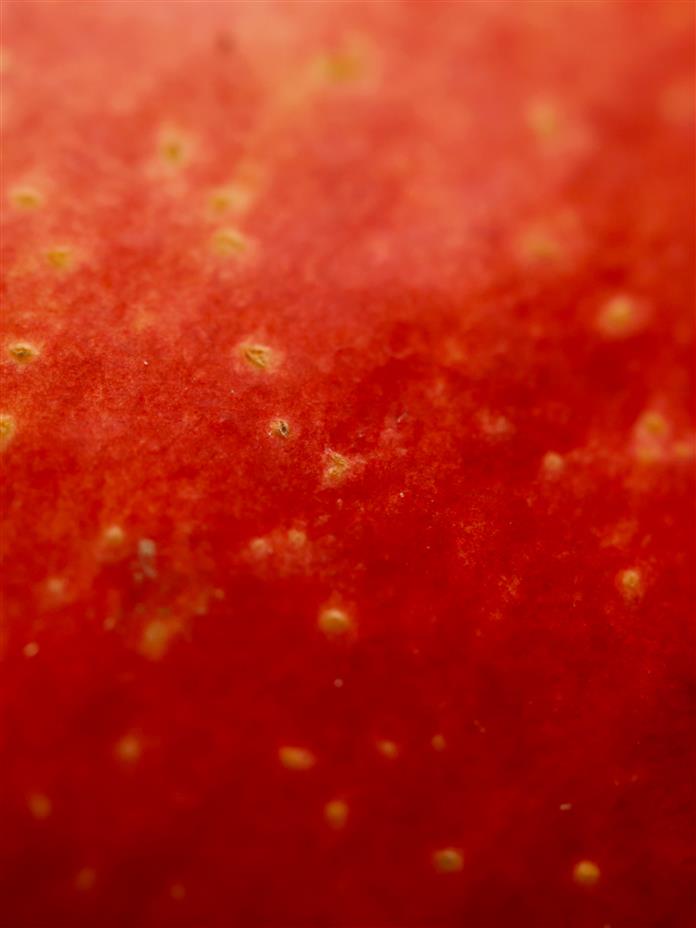
Conditioners are a must for people with dry scalp, as even the most touted shampoo dehydrates the hair and scalp. Scratching, digging, clawing should be avoided under all the circumstances, as it can give way to the bacterial entry and worsen the condition.
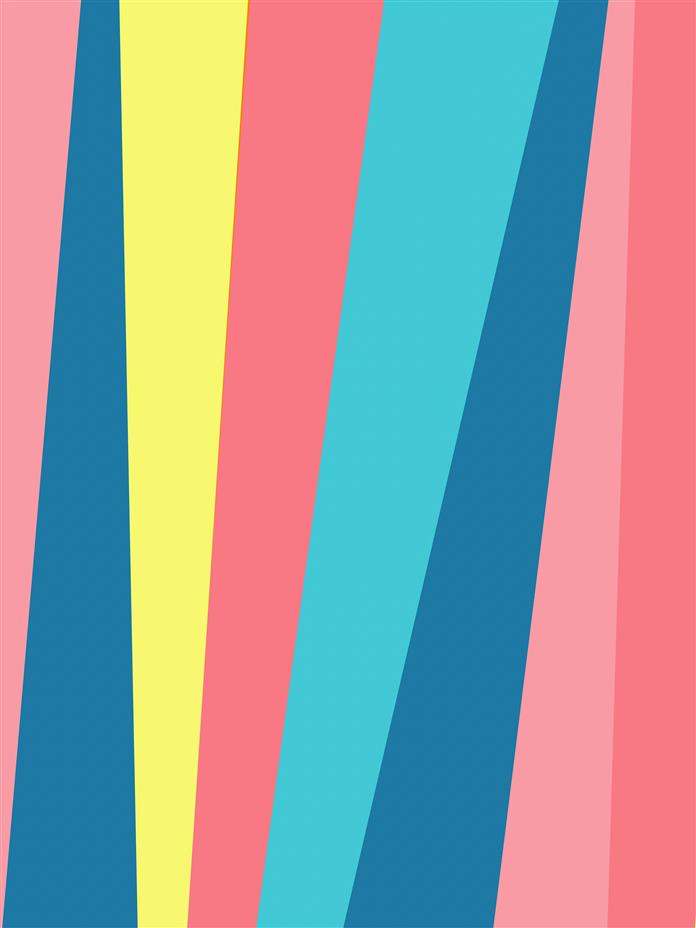
Hope this information helps you in diagnosing your scalp problem. If you still find it difficult to figure out your condition, do not hesitate to consult a dermatologist.